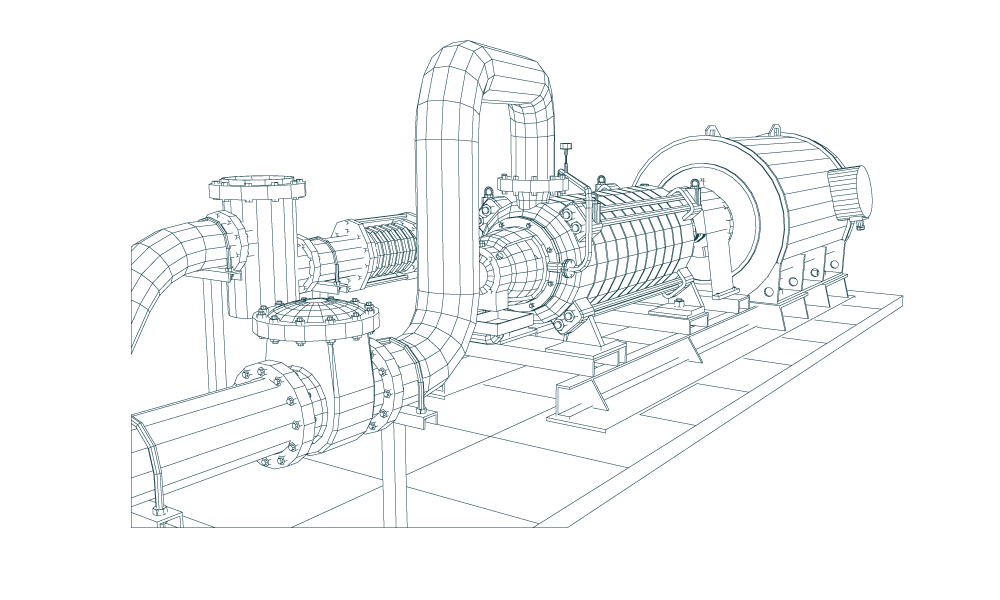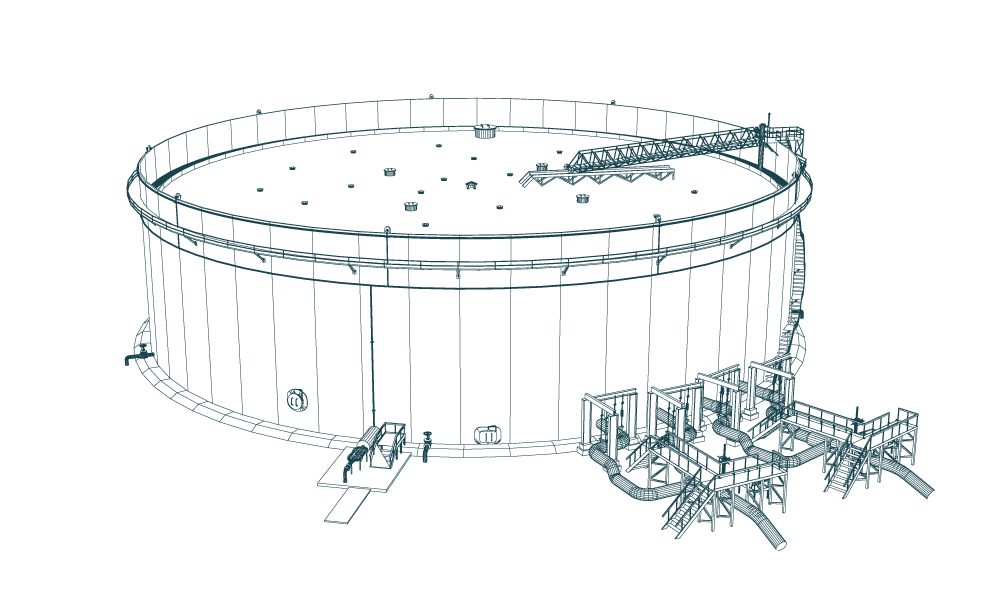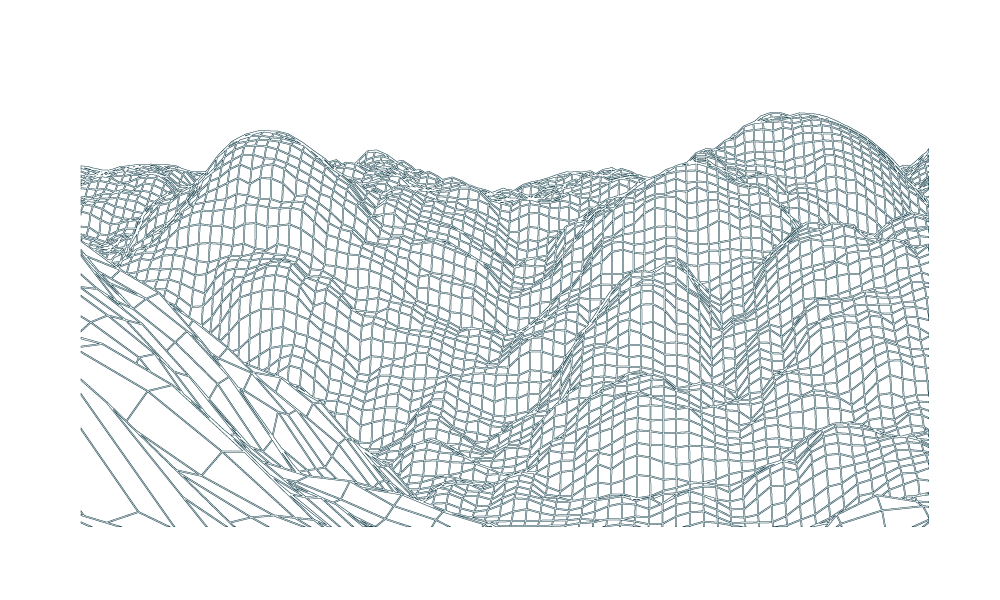PCS® Insights
Sharing Industry Knowledge, Lessons-Learned and Published Presentations
Integrity Management Requirements to Limit Operator Interpretation & Flexibility
Dawn of IMP 2.0 Roll-Out

If a pipeline system is 50 years young, how healthy is it? When pipelines fail, is it due to design, materials, construction, environmental factors, 3rd party damage, operations or maintenance? Could it ever truly be just system “age,” or is that alarmist’ cry? The U.S. Code of Federal Regulations for Department of Transportation, Pipelines and Hazardous Materials Safety Administration (DOT PHMSA) require pipeline operators to have integrity management programs (IMP), as born out of significant pipeline incidents from the past 20 years.
With four pipeline incidents of significance to start the 2015 year, DOT IMP 2.0 is coming to tighten requirements for operators.
D.O.T. PHMSA is raising condemning allegations that operators do not know or have the knowledge or experience with their pipeline systems, as suggested through their (& other NTSB, GAO, IG) investigations of integrity management practices. Thus, seeking to expand on the Integrity Management Rules for both Gas (49 CFR 192.900) & Hazardous Liquids (49 CFR 195.452) to enforce operational assurance & constrict current flexibility in: MAOP verification, documentation, “Grandfathered” pipelines, leak detection, remote valves and line piggability. Applicability to Pipeline Owners & Operators.
While the official rule-making may potentially be placed into law later in 2016 or beyond, operators should examine the depth of review and action proposed. The DOT PHMSA suggested action is far reaching and extensive with respect to pipeline records, risk management processes & systems, and preventative & mitigative measures.
Integrity Management Execution
Notations within the paper denote possibility to expanding coverage of High Consequence Areas (HCAs) assessment & requirements, improving risk analysis & expanding safety management systems.
PHMSA looking to establish requirements to extend beyond HCAs, or potentially modifying definitions to expand coverage of HCAs. Operators will have to modify their programs to reflect the changes when made official. The impact will vary for specific operators depending upon their pipeline systems complexity and ratio of HCA to non-HCA miles of pipe. The immediate impact would be in the details of the revised regulatory language, but expanding rulemaking, interpretation or intent of coverage will lead to higher costs & increased dedication of personnel to executing Integrity Management Programs.
The push to improve operator risk models will require an “improved” analysis process and not be a one-time shot to check it off the list. This aspect of IM for owners and operators requires focus and research both within the company assets and externally.
The hurdle for many operators may be the lack of institutional knowledge from strategic resource allocation (retirement, attrition, replacement experience), history of merger and acquisition, or even absent of interface with industry trade groups that exchange information and lessons learned. Critical for operators will be to have individuals within the organization that can specialize in this area to assure it is implemented correctly. Many companies may lack the depth or breadth of pipeline “expert” resources or dedicated “focused” integrity “team” or resources. Many also face the challenge of retaining expertise as demand will drive personnel turn over. This is when an external knowledgeable resource can assist and act as a stabilizing force when there is change within a company.
Records & Documentation
IMP 2.0 is leaning toward prescriptive requirements for material documentation, with the preface of forcing operators to re-create or re-establish critical documentation for integrity management purposes, if documentation is not available. This proposes a significant operational and cost impact to pipeline operator without easily accessible MAOP, material and testing records.
Operators should begin an extensive search of documents and retrieve records from data files (hard and electronic) to ensure that adequate MAOP documentation is satisfactory to prevent the systems from being rerated.
Recent DOT PHMSA advisory bulletins, pipeline safety law updates, are to require and coerce operators to collect, organize & identify critical documents, or incur the costs to re-create. Although operational or capital budgets don’t typically contain line items for records management, options exist to utilize “big data capture” that are currently commercially available and optical character recognition (OCR) to source, digitize, file and organize thousands of paper documents to a searchable and usable system.
Pipeline Transactions
The activity of buying and selling pipelines is here to stay with the strategic dynamics of vertically integrated oil companies, gas utilities, and the popularity and economics of MLP’s. Thus, transactional efforts will likely be affected by the IMP 2.0 proposed changes. Especially those companies with significant asset churn, the impact to acquiring & divesting operators, with the transference of the necessary records during the sale process becomes imperative.
Sellers - knowledgeable buyers will begin to further examine and demand critical documentation and records with implications to operational assurance, as the “grandfathered” or “legacy” protection is fading away. Potentially leading to decreases in asset value and buyer interest, but can provide enhanced or strong value to the offering for operators with complete & current electronic records.
Buyers - warrant proposed acquisitions with minimal or missing records, as this could potentially lead to exorbitant CAPEX and OPEX costs to meet compliance of pipeline system(s) through re-establishing MAOP verification, jurisdictional and HCA analysis, testing, risk modeling and adding/upgrading control room capabilities and systems.
The statement below made by the Associate Administrator of PHMSA, Jeff Wiese, clearly states the need for better due diligence of pipeline information gathering during the transaction process.
“Our assumption that operators had a full, accurate, and up to-date knowledge of the design and operating history of their systems proved faulty. Several decades of active churn in pipeline system ownership, and a lack of due diligence in acquiring all necessary records, has not helped operators truly know their systems. Without an accurate understanding of what they own and operate, an operator can't develop useful risk models.”
This has led PHMSA to move forward with the further intent of new regulations around Integrity Management and as it is being referred to as IMP 2.0. The following are some of the impacts of the proposed new regulations regarding documentation gathering during the Due Diligence Phase:
- Operators will need to produce or re-establish adequate records to document key attributes, or to substantiate MAOP.
- Proposing to require that operators apply the MAOP verification process to high risk pipe operating under the grandfather clause.
- PHMSA will likely use the results of this research of Seam Stability of pre-1970 pipe to form criteria for applying the material documentation and MAOP verification processes described above to this pipe.
Transaction parties both need to examine implications and prepare for IMP 2.0, as its contents will contain crucial impact to transaction values.
Conclusion
D.O.T. PHMSA has provided essential insight into the advancement of pipeline integrity management directives and safety practices. The paper IMP 2.0: The Evolution of PHMSA’s Approach for Improving Pipeline Integrity, authored by Jeffrey Wiese and Linda Daugherty at IPC 2014, provides basis for the proposed incorporation of prescriptive IMP requirements that pose significant impact to pipeline operators, in the following areas:
- Material Documentation
- MAOP Verification
- Grandfathered Pipe
- Seam Stability
- Leak Detection Systems
- Remote Control Valves
- Piggability
Rulemaking and its intent does drive the pipeline industry in the U.S. with each renewal of the Pipeline Safety Act. And when the lead regulator sends a clear warning shot across the bow of the pipeline industry, there should be no doubt as to implementing change and executing IM programs will increase costs and resources for all operators.
Article in Reference to: IMP 2.0: The Evolution of PHMSA’s Approach for Improving Pipeline Integrity Jeffrey Wiese and Linda Daugherty Paper No. IPC2014-33423, pp. V004T13A009; 5 pages doi:10.1115/IPC2014-33423
Article Details
Author: Robert Knanishu
Manager
PCS® Chicago
More Information
Contact Us
We would appreciate any opportunity to assist you, and to connect you with the right person at PCS ® to address your needs and answer any questions.
Request Info Call Us 1-800-643-8306


